A lack of integration in global trade means that the sharp recession in Iran will probably have limited spillovers to the rest of the region, according to the International Monetary Fund's latest "Regional Economic Outlook: Middle East, North Africa, Afghanistan and Pakistan" report.
The largest impact will likely be in the international oil market, although geopolitical tensions, responses of other oil producers and weakening global oil demand make the resultant price impact highly uncertain.
Other specific markets, including tourism, agriculture and electricity, in certain countries may also be moderately impacted.
Iran’s trade links are limited. In 2017, Iran’s gross trade (imports plus exports) was 47% of GDP, about half that of other MENA oil exporters (84%). Few countries were dependent on Iranian demand for their exports prior to the latest round of sanctions (Table 1.1.1) and even those partners for which Iran’s share of exports is large are insulated either through their role as reexporters (the UAE) or their small export sector (Afghanistan, Tajikistan).
Despite limited exposure, trade in specific markets may be severely impacted. For example, Iraq relies on Iran for about one-third of its electricity, both as direct supplies and gas for power stations.
Excessive demand for US dollars in Iran has spilled over to Afghan currency markets, amplifying the depreciation of Afghani. Agricultural producers in the Caucasus may also be exposed to lower Iranian demand.
Loss of Iranian oil supply contributed to global oil price volatility. Iran’s share of global oil production dropped from 5.5% in 2017 to only 4% at the end of 2018. While increased OPEC and US shale production has cushioned the loss of Iranian supply, uncertainty over the timing of these adjustments and the extent of sanction exemptions granted to importers of Iran’s oil contributed to higher oil price volatility since the first half of 2018.
Financial linkages are limited. Foreign residents have relatively few claims on Iranian assets. The Bank for International Settlements reports Iranian financial liabilities to foreign residents of only $1.9 billion in the third quarter of 2018. However, Iranian assets held overseas rose above $25 billion—more than double 2017 levels—with much of the increase in Germany and South Korea (Figure 3).
US sanctions triggered a decline in correspondent banking relationships, from about 350 tie-ups in 2017 to fewer than 60 in 2018.
Tourism and migration flows may compound trade and financial spillovers from Iran. Lower incomes and a weaker rial are likely to reduce tourism from Iran.
According to the UN World Tourism Organization, Iranian residents made more than 10.5 million international trips in 2017, a rise of 60% since 2015. Turkey was the most popular destination, with more than 2.5 million visits.
Iran hosts nearly 1 million refugees who may be more likely to return home. The UN International Office of Migration reports that more than 500,000 undocumented Afghans returned from Iran in the first nine months of 2018, more than double the same period in 2017.
Geopolitical tensions may directly impact international trade. The Persian Gulf is a critical global shipping lane for oil.
According to the US Energy Information Administration, oil shipments through the Strait of Hormuz were equivalent to more than 20% of global consumption in 2018.
Recent tensions, including explosions aboard two oil tankers in June and the detention of a UK-registered ship in July, highlight the risk that increased geopolitical tensions could impact global trade, especially in oil.




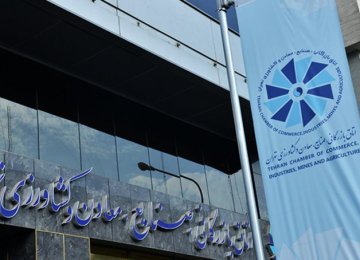
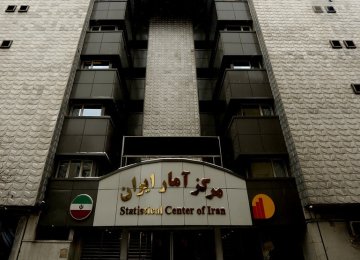
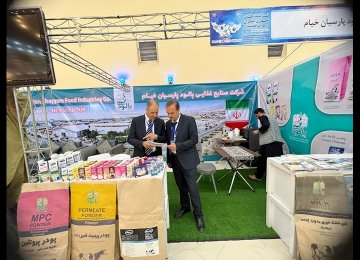
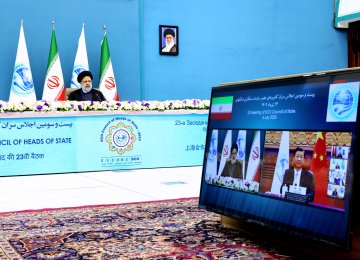

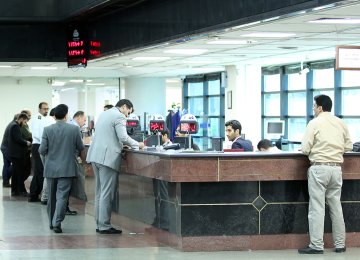
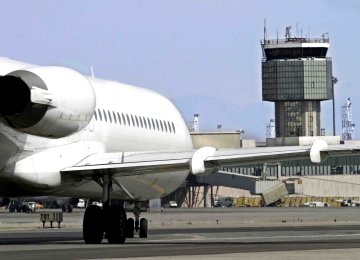


Add new comment
Read our comment policy before posting your viewpoints